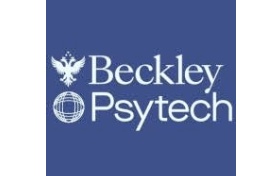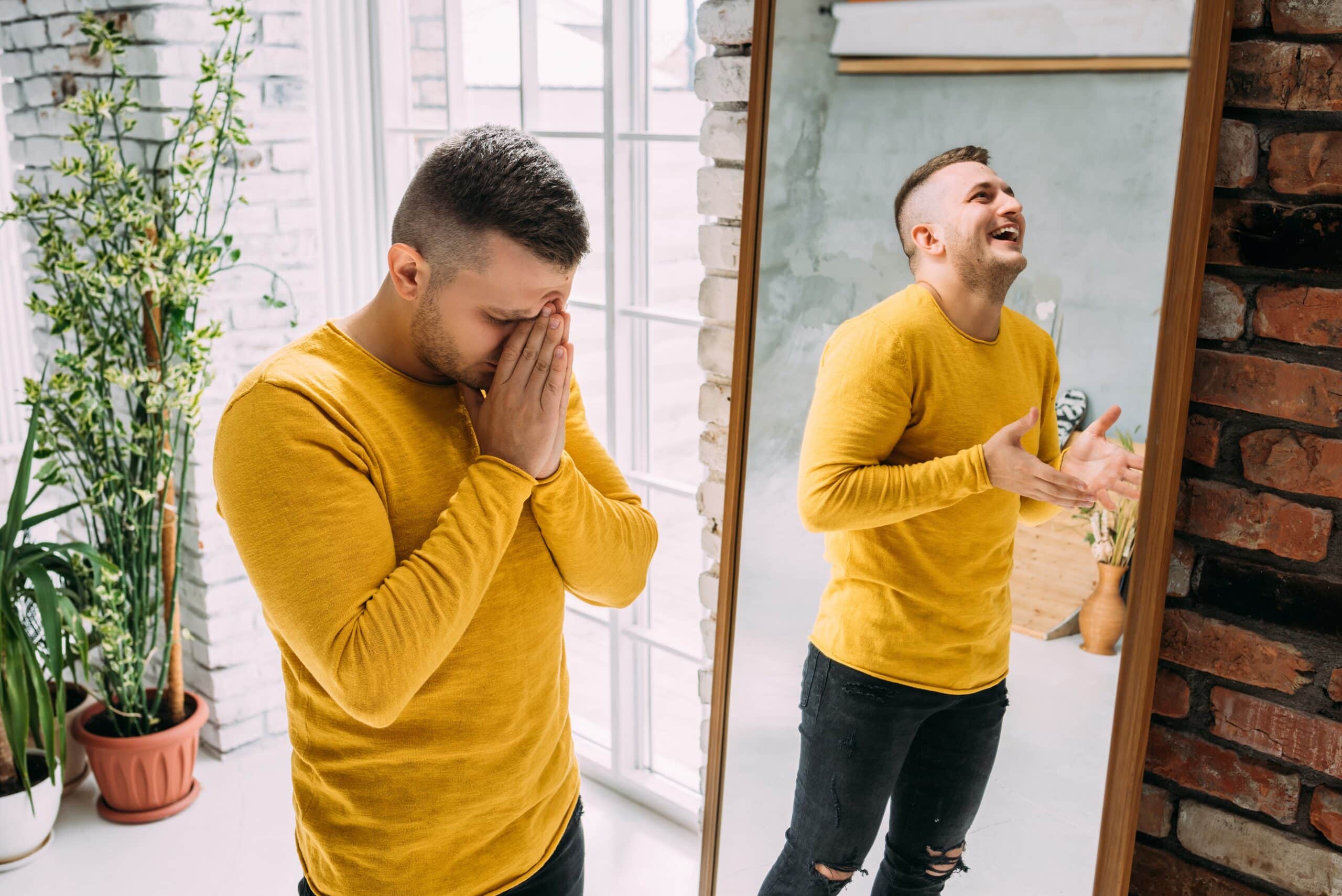OXFORD, England–(BUSINESS WIRE)–Beckley Psytech Ltd, a private, clinical-stage biotechnology company dedicated to addressing neuropsychiatric disorders by transforming psychedelics into safe, effective and licensed medicines, today announced that it had received Investigational New Drug (IND) approval from the U.S. Food and Drug Administration (FDA) for a global multi-site Phase IIb study exploring the safety, efficacy and tolerability of two distinct doses of its lead compound, BPL–003, in patients with Treatment Resistant Depression (TRD).
BPL-003 is Beckley Psytech’s novel synthetic formulation of the psychedelic compound 5-MeO-DMT (also known as Mebufotenin) and is administered intranasally via an FDA-approved delivery device. This IND marks the first time the FDA has ever given IND approval for a Phase IIb study of a short-acting psychedelic treatment or a 5-MeO-DMT treatment. The study will be conducted with the help of 40 investigator sites in 7 different countries and is due to be initiated in H1 2023.
Phase I data has already shown BPL-003 to be well-tolerated with consistent dose delivery and a reproducible, dose-linear pharmacokinetic profile. Medium and high dosages were found to reliably induce profound psychedelic experiences, which might be correlated with positive clinical outcomes, with a rapid onset of psychedelic treatment effects within minutes. All perceptual effects were resolved within 60-90 minutes.
Beckley Psytech’s Phase IIb randomised, dose-finding study will evaluate the effects of a single medium or high dose of BPL-003 against a sub-perceptual dose in patients with moderate to severe TRD who are not taking concomitant antidepressants. The study will be quadruply masked, with the patient, investigator, attendant and outcomes assessor all blinded to the dose allocation of the subject to reduce expectancy bias. Efficacy will be assessed using the Montgomery-Asberg Depression Rating Scale (MADRS) at several time points during the trial.
The Phase IIb study, which is fully funded from Beckley Psytech’s existing cash reserves, will complement the Company’s ongoing Phase IIa study of BPL-003 for TRD and initial results are expected in 2024.
Commenting on the IND approval, Cosmo Feilding Mellen, Chief Executive Officer at Beckley Psytech, said: “This is a critical step towards our mission of delivering safe, effective and licensed psychedelic treatments to patients in need, and is also a significant milestone in the evolution of our clinical pipeline. It’s a privilege to be given the FDA’s first IND for a Phase IIb study of 5-MeO-DMT and it provides firm validation of the positive preclinical and Phase I data we have generated so far with BPL-003. This is an important step not only for Beckley Psytech, but also for the whole field of psychedelic drug development and, most importantly, for patients who are in urgent need of more effective treatments for mental health conditions such as depression.”
It is estimated that nearly 300 million people around the globe have depression but, for many of those living with the condition, even the best current medicines either do not work or have side effects that leave them unable to experience life to the fullest. 33% of patients are resistant to available treatments, such as selective serotonin reuptake inhibitors (SSRIs), and 60% of patients discontinue or switch SSRIs within 12 weeks due to side effects.
Beckley Psytech’s Chief Medical Officer, Dr Frank Wiegand, also said: “The distinctive characteristics of BPL-003 make us optimistic about the compound’s potential to be a safe and effective alternative to currently available antidepressants. The rapid onset of effect, as well as the reliable induction and short duration of profound psychedelic experiences, are of great interest to us and we are excited to assess the therapeutic benefits of BPL-003 more deeply in this study”.


































